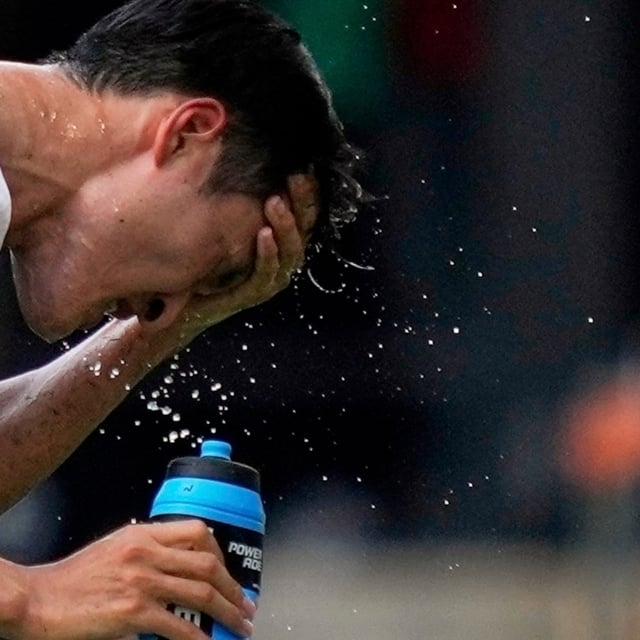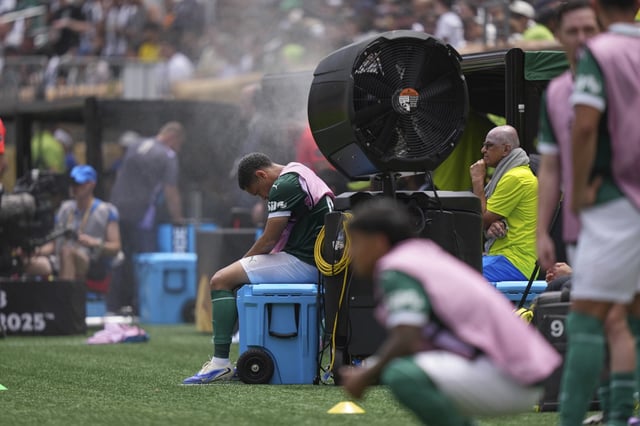Overview
- The 2025 Club World Cup in the United States exposed players and spectators to sweltering conditions, triggering extra breaks, increased hydration and shaded, fan-cooled benches under FIFA’s heat protocol.
- FIFA has introduced updated extreme heat measures and committed to hosting daytime matches in covered stadiums during the 2026 World Cup, but has not announced any changes to the June–July schedule.
- FIFPRO has warned that six of the 16 host cities for the 2026 tournament face extremely high risks of heat stress.
- Climate scientists warn that rising global summer temperatures—up by roughly 1.05 °C since 1930—make Northern Hemisphere June–July tournaments increasingly hazardous.
- Debates continue over balancing player welfare, traditional summer dates and European domestic-league calendars ahead of the expanded World Cups in 2026, 2030 and 2034.


